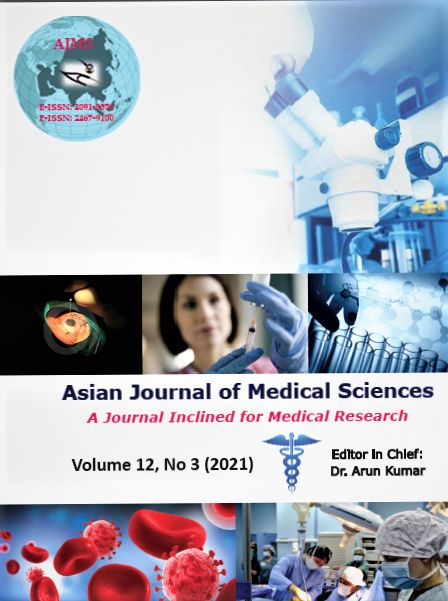Transient splenial lesion of corpus callosum: A window to many diagnoses
Keywords:
Corpus callosum, Craniocerebral trauma, Cytotoxic edema, Magnetic resonance imaging, MeningoencephalitisAbstract
Transient splenial lesions (TSL) are not of frequent occurrence and are usually observed with other diseases. The mechanism of TSL development still unclear despite of various theories put forward. These are secondary lesions and their diagnosis is of importance to associate them with clinical conditions. Magnetic resonance imaging is the modality of diagnosing TSL and 3T MRI was used in this study. The study includes 10 cases of TSL with varied disease etiologies like migraine, trauma, infection, demyelination etc. All the cases had follow-up imaging which showed resolution of the lesions after varied time intervals. An attempt to correlate the various theories with each type of disease is done in this study.
Downloads
Downloads
Published
How to Cite
Issue
Section
License
Authors who publish with this journal agree to the following terms:
- The journal holds copyright and publishes the work under a Creative Commons CC-BY-NC license that permits use, distribution and reprduction in any medium, provided the original work is properly cited and is not used for commercial purposes. The journal should be recognised as the original publisher of this work.
- Authors are able to enter into separate, additional contractual arrangements for the non-exclusive distribution of the journal's published version of the work (e.g., post it to an institutional repository or publish it in a book), with an acknowledgement of its initial publication in this journal.
- Authors are permitted and encouraged to post their work online (e.g., in institutional repositories or on their website) prior to and during the submission process, as it can lead to productive exchanges, as well as earlier and greater citation of published work (See The Effect of Open Access).




